Sokel
Master Contributor
- Joined
- Sep 8, 2021
- Messages
- 6,271
- Likes
- 6,401
IMD of a single tone before the filter?He did hear something. Others speculated that he might have heard IMD
Doesn't make sense for the specific ABX (the 20Khz to 21Khz one).
IMD of a single tone before the filter?He did hear something. Others speculated that he might have heard IMD
I believe this may be the cause: can you use the same setting for the reference and non ref tracks here and post results?Yes,it's the default.
Oh. I just checked and the original is 24 bit, 44.1 kHz. The other two files then are upsampled to 176 kHz. So really no relationship to anything going on in a DAC.The files were reproduced at 176.4khz on the DAC for this reason!
Well, it's a digital test of reconstruction filters - it's related to DACs insofar as DACs have reconstruction filters, the same reason you measure them in your reviews. It's more validation for your tendency to look at all the different DAC output filter options in reviews, IMO - it's an edge case to be able to hear that high, but it's great that you've got data out for the minority who do hear it!Oh. I just checked and the original is 24 bit, 44.1 kHz. The other two files then are upsampled to 176 kHz. So really no relationship to anything going on in a DAC.
Yes,here you go:I believe this may be the cause: can you use the same setting for the reference and non ref tracks here and post results?View attachment 366475
View attachment 366476
I'll replicate when I'm back to my desktop!
Re: IMD (at least from the DACs), looks like we need to truncate the analog recordings to not break copyright, so those should be up tonight, so folks can compare them to the source file and each other to validate whether (at least from a DAC voltage output standpoint) there are any audio-band spuria
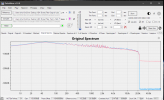

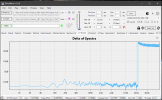
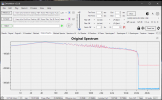

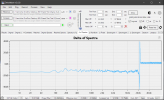
Sorry, I think I've misrepresented myself here: I'm saying that you have the compare channel set to stereo, whereas reference is a sum, so they can't match. Compare @amirm's result.Yes,here you go:
Original vs High performance filter:
View attachment 366481View attachment 366482View attachment 366483
Original vs normal filter:
View attachment 366484View attachment 366485View attachment 366486
Yep! That's a lower order lowpass divided by a much higher one for ya, initially much less energy, then much more as you get to the corner of the high order one.
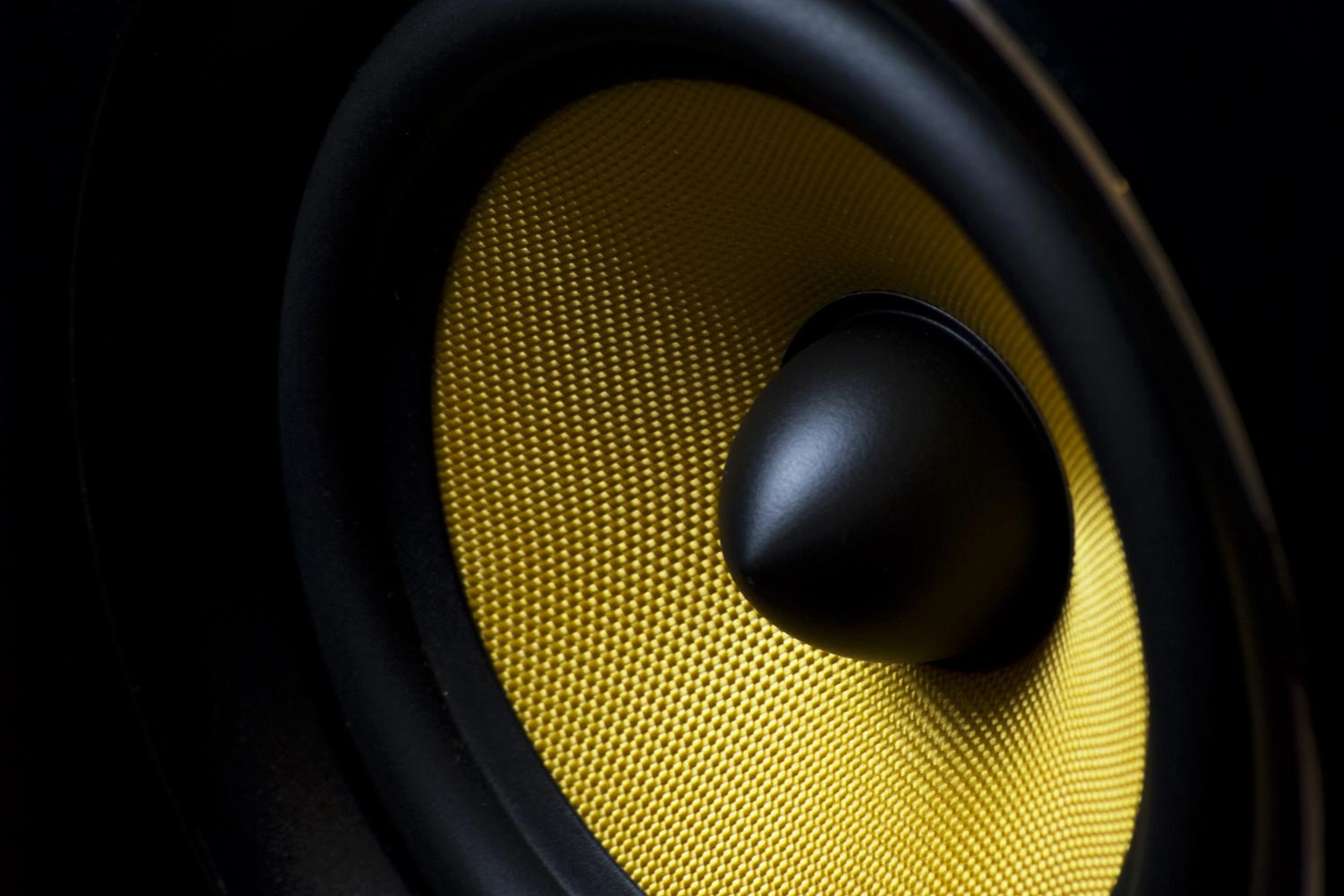
Oh,good catch!Sorry, I think I've misrepresented myself here: I'm saying that you have the compare channel set to stereo, whereas reference is a sum, so they can't match. Compare @amirm's result.
Yep! That's a lower order lowpass divided by a much higher one for ya, initially much less energy, then much more as you get to the corner of the high order one.



I believe this may be the cause: can you use the same setting for the reference and non ref tracks here and post results?
A good questionThese are the results of upsampling not digitized on DAC output, right? Pardon my ignorance perhaps, but what kind of clock drift are we talking about here?
Yes, but this is a difference not actual level. So roughly one filter is -100 db where that spike is and the other is -90 db. I doubt anyone can hear -90 db at 22 khz.
No it isn't. For that, you would have had to simulate those filters, the ones in the DAC, not just two options on SoX.Well, it's a digital test of reconstruction filters - it's related to DACs insofar as DACs have reconstruction filters, the same reason you measure them in your reviews.
? The spike has 40 dB amplitude over the noise floor.Yes, but this is a difference not actual level. So roughly one filter is -100 db where that spike is and the other is -90 db. I doubt anyone can hear -90 db at 22 khz.
I'm not sure I follow the contention here - if it'd be helpful, we can point to some DAC reconstruction filters which are similar? The stupidly long filter here is fairly similar to Chord's meme filters, for example. Would you like an overlay or plot of difference for these filters vs. measured filter response of real DACs?No it isn't. For that, you would have had to simulate those filters, the ones in the DAC, not just two options on SoX.
The "spike" is the area over the curve, if you will, of the slower rolling filter versus the faster rolling one? The spike has 40 dB amplitude over the noise floor.
You can't. He is using Sinc-L filter in HQPlayer. I can't find much documentation about it but Miska says it is an attempt to emulate what Chord Mscaler does: https://audiophilestyle.com/forums/topic/19715-hq-player/?do=findComment&comment=1185543I'm not sure I follow the contention here - if it'd be helpful, we can point to some DAC reconstruction filters which are similar?
Maybe the difference could be heard simply by the time difference between the samples. If that isn’t accounted for, it may be relatively easy to hear.The stupidly long filter here is fairly similar to Chord's meme filters
It has nothing to do with DACs or audible differences between them.
He's using the same DAC,Holo.Isn’t it reasonable to assume if two DACs have a similar deviation due to different filters he would be able to hear them? Not saying this test proves anything apart from the fact certain humans can hear differences between filters if they have different frequency response.

Ahhh, I get what you're saying! Well, that's very much something addressable - we'll do a followup with recordings of a DAC using two of its real reconstruction filters!You can't. He is using Sinc-L filter in HQPlayer. I can't find much documentation about it but Miska says it is an attempt to emulate what Chord Mscaler does: https://audiophilestyle.com/forums/topic/19715-hq-player/?do=findComment&comment=1185543
"sinc-L is like MScaler x2"
That is not remotely what is in DACs people buy. Heck, it is not even in Chord's own DAC! This is a very computational intensive filter. It is not going to exist in commercial DACs which he claims to sound different.
Really, this is a total mess. He should re-do the video and explain that this is a test of two filters in HQPlayer. It has nothing to do with DACs or audible differences between them.
Time difference was accounted for in the test - and bear in mind, a continuous FFT will give you a slightly misleading impression of the level of transient sounds. The maximum delta waveform magnitude was >-50dB, but only for very short periods - but humans can detect ex. a 30dBSPL, very brief sound, if it's in the range they can hear.Maybe the difference could be heard simply by the time difference between the samples. If that isn’t accounted for, it may be relatively easy to hear.
I don’t believe for a second that hearing above 20 kHz has anything to do with it. The sounds are already down 70 dB or so at 17 kHz.
